Frequently asked questions
Company News
- Punched aluminum veneer, the finishing touch of fashionable architecture!
- Hyperbolic aluminum veneer: the new favorite of creative space and the innovator of architectural aesthetics!
- Fluorocarbon aluminum veneer: the beauty of architecture lies in the details
- New gameplay of aluminum veneer: punching art, fully showcasing individual charm
- Exploring the Charm and Secrets of Hyperbolic Aluminum Veneer
Industry dynamics
- Exploring the Fashion and Durability of Fluorocarbon Aluminum Veneers
- Hyperbolic aluminum veneer: the new darling of architectural aesthetics
- Aluminum veneer, the 'silver garment' of modern architecture
- Hollow out aluminum veneer creates a new modern urban landmark
- Punched aluminum veneer: a fashionable choice in modern architecture
Frequently asked questions
- Can aluminum veneer be used for building insulation design?
- What is the sound absorption effect of aluminum veneer?
- Can the insulation function of aluminum veneer reduce the energy consumption of buildings?
- What is the antioxidant performance of aluminum veneer?
- Is the production process of aluminum veneer environmentally friendly?
contact us
Mobile:+86 15627778610
Email: 2201229786@qq.com
Address: No. 5 Binjiang Road, High tech Zone, Zhaoqing City, Guangdong Province
Can the insulation function of aluminum veneer reduce the energy consumption of buildings?
- Author: Jinba Aluminum Industry (Guangdong) Co., Ltd
- Release time: 2022-03-16 18:08:46
- Click:0
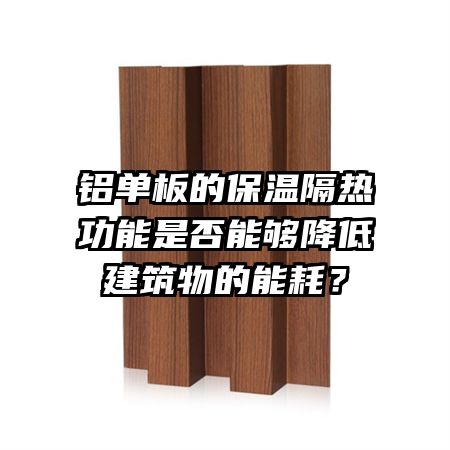
Aluminum veneerCan the insulation function of the building reduce its energy consumption?
With people's increasing emphasis on environmental protection and energy conservation, the construction industry is gradually developing towards a more environmentally friendly and energy-efficient direction. Among them, aluminum veneer, as a new type of building material, has attracted much attention due to its excellent thermal insulation function. So, can the insulation function of aluminum veneer reduce the energy consumption of buildings? This article will explore from four aspects.
1、 Thermal insulation function of aluminum veneer
Aluminum veneer is a type of sheet made of aluminum alloy, which has advantages such as lightweight, high strength, fire resistance, waterproofing, and corrosion resistance. And its insulation function is determined by the insulation material filled inside it. Common thermal insulation materials include polystyrene foam, rock wool, glass wool, etc. These insulation materials have good thermal insulation performance and can effectively reduce the temperature difference inside and outside buildings, achieving the goal of energy conservation and emission reduction.
2、 The impact of thermal insulation function of aluminum veneer on building energy consumption
The thermal insulation function of aluminum veneer has a significant impact on building energy consumption. Firstly, it can reduce the temperature difference between inside and outside the building, thereby reducing the frequency of use of air conditioning and heating systems and lowering energy consumption. Secondly, the thermal insulation function of aluminum veneer can improve the insulation performance of buildings, keeping them warm in winter and cool in summer, thereby reducing the burden on air conditioning and heating systems. Finally, the insulation function of aluminum veneer can also reduce the temperature changes on the exterior surface of buildings, lower the thermal radiation on the building surface, and further reduce energy consumption.
3、 The application effect of thermal insulation function of aluminum veneer in different regions
The application effect of the insulation function of aluminum veneer varies in different regions. In cold regions, the insulation function of aluminum veneer can effectively reduce the temperature difference between inside and outside buildings, improve the insulation performance of buildings, reduce the burden on heating systems, and thus reduce energy consumption. In hot areas, the insulation function of aluminum veneer can effectively reduce the temperature changes on the exterior surface of buildings, reduce the heat radiation on the building surface, further reduce the burden on the air conditioning system, and thus reduce energy consumption.
4、 Comparison of the thermal insulation function of aluminum veneer with other building materials
Compared to other building materials, aluminum veneer has certain advantages in terms of thermal insulation function. Firstly, the thermal insulation function of aluminum veneer is superior to traditional building materials such as brick walls and concrete walls, which can effectively reduce the temperature difference inside and outside buildings and lower energy consumption. Secondly, the thermal insulation function of aluminum veneer is more practical than building materials such as glass curtain walls, because the thermal insulation performance of glass curtain walls is poor, which can easily cause problems such as cold winters and overheating in summers, requiring additional insulation layers. Finally, the insulation function of aluminum veneer is more environmentally friendly than building materials such as color steel plates, as the manufacturing process of color steel plates generates a large amount of pollutants, which have a negative impact on the environment.
5、 Summary:
In summary, the thermal insulation function of aluminum veneer can effectively reduce the energy consumption of buildings. It can reduce the temperature difference inside and outside buildings, improve the insulation performance of buildings, reduce the burden on air conditioning and heating systems, and thus reduce energy consumption. Meanwhile, the thermal insulation function of aluminum veneer is more outstanding, practical, and environmentally friendly than other building materials, making it a new type of building material worth promoting.
- Previous Page: None
- Next page:Is there any restriction on the size customization of aluminum veneer?

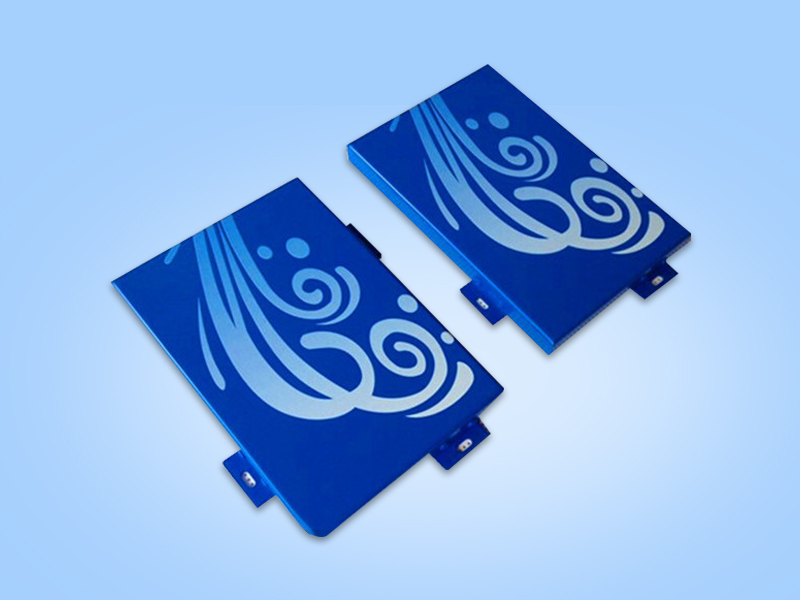
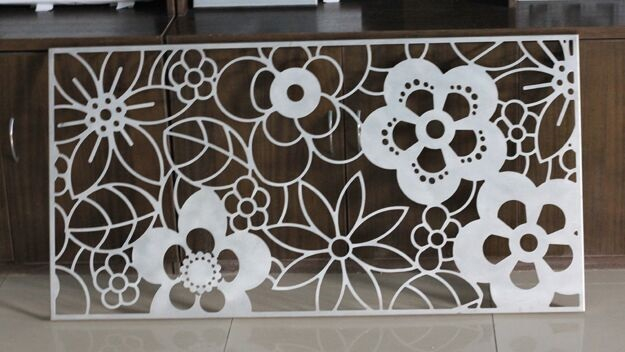
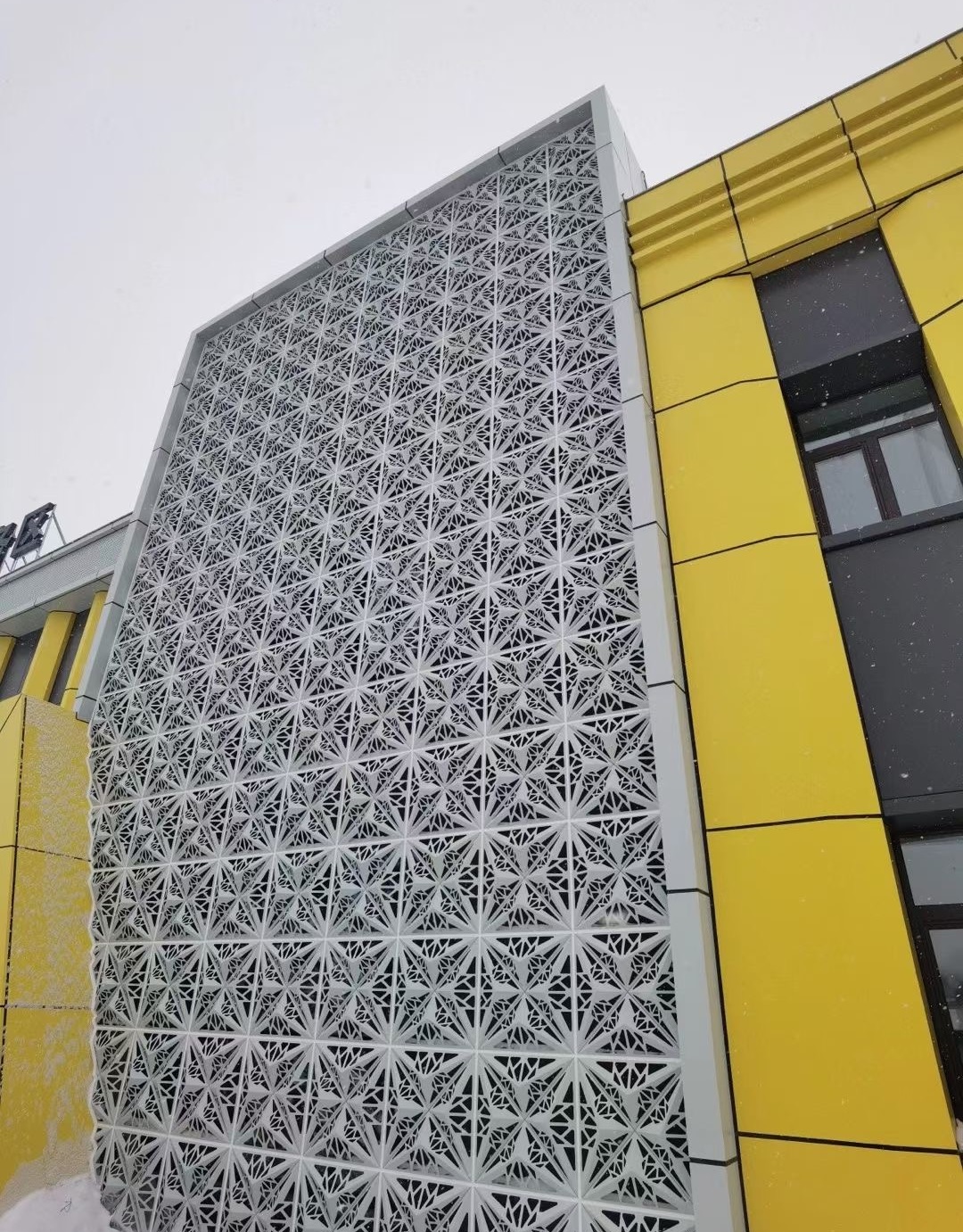
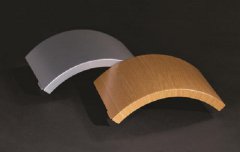
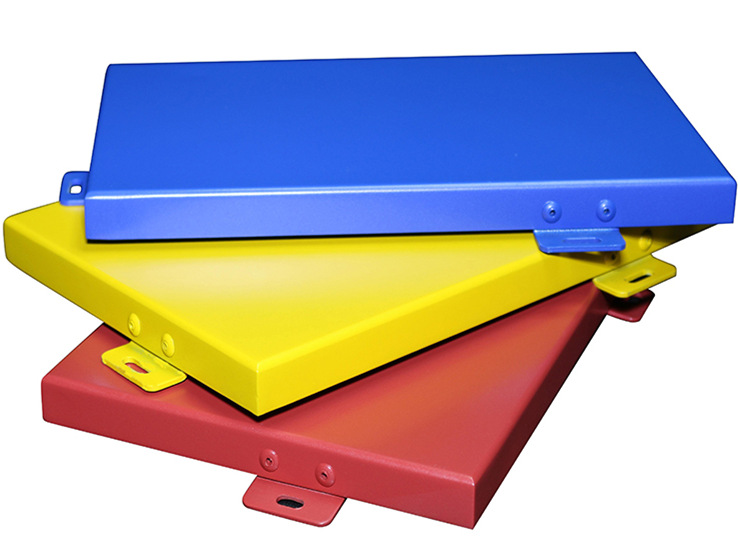
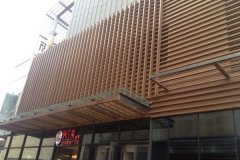
 Customer service QQ
Customer service QQ